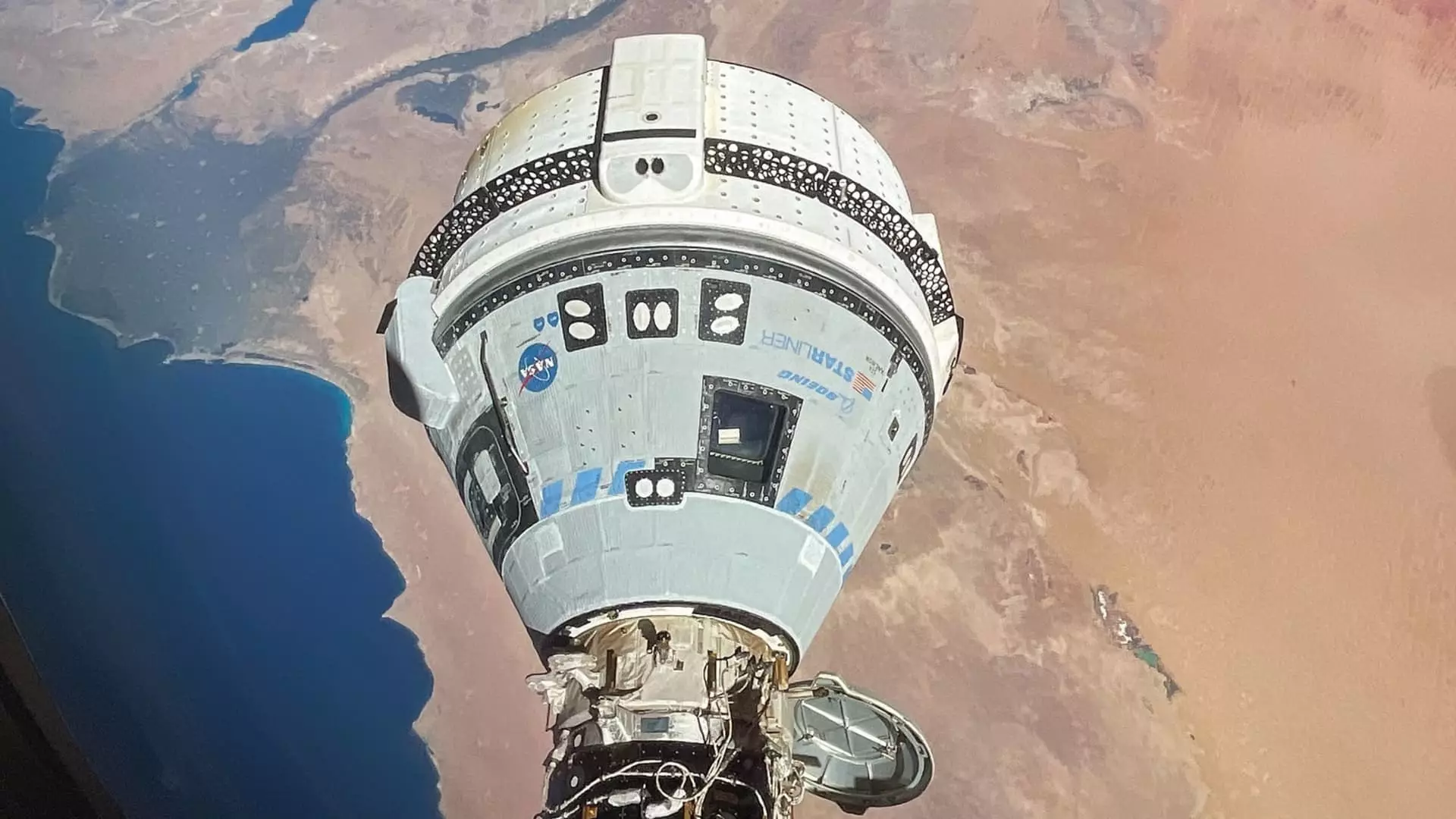NASA and Boeing have decided to further extend the stay of the first Starliner crewed flight, known as “Calypso,” without setting a definitive return date for the capsule. The elongated mission comes as Boeing and NASA aim to carry out additional testing on the spacecraft back on Earth. This article delves into the reasons behind the extended stay and the implications for the future of the Starliner crewed flights.
Testing at White Sands, New Mexico
Boeing and NASA are launching a series of new tests at White Sands, New Mexico, on the Starliner spacecraft’s thruster technology. The new testing regime is crucial before Starliner embarks on its return journey to Earth. As NASA’s Commercial Crew manager, Steve Stich, highlighted during a press conference, the testing process aims to replicate in-flight conditions as accurately as possible on the ground. The testing campaign is expected to last a couple of weeks, providing valuable insights into the spacecraft’s performance and safety.
Originally scheduled for a nine-day mission, Starliner’s flight has now surpassed 24 days at the International Space Station (ISS). Despite the prolonged stay, officials stress that Starliner remains equipped to return to Earth promptly in case of an emergency. The extension aims to gather more data about the spacecraft’s performance, particularly focusing on its thruster system. Both NASA and Boeing emphasize that the delay for testing aims to enhance the spacecraft’s reliability and safety for future missions.
Challenges and Setbacks
The Starliner crewed flight represents a critical milestone in NASA’s certification process for Boeing to conduct operational six-month missions with crew members. However, similar to its uncrewed predecessors, Starliner has faced several technical challenges during the current mission. Once positioned as a competitor to SpaceX’s Dragon spacecraft, Starliner now finds itself in a backup role due to setbacks and delays. NASA plans to alternate between SpaceX and Boeing for crewed flights to the ISS in the future.
The ground testing at White Sands will focus on replicating thruster issues that arose during Starliner’s approach to the ISS. Officials aim to conduct detailed inspections of the thrusters on Earth to ensure optimal performance. While the specific returning date remains unknown, Stich emphasizes the importance of completing the testing regime before scheduling the return journey. The decision to extend Starliner’s stay at the ISS aligns with the goal of enhancing safety through rigorous testing and inspection procedures.
The extended stay of Boeing’s Starliner crewed flight underscores the significance of thorough testing and evaluation in space missions. While unexpected delays may pose challenges, prioritizing spacecraft’s safety and performance remains paramount for NASA and its commercial partners. The current mission serves as a valuable learning opportunity to refine Starliner’s capabilities and readiness for future crewed flights. NASA and Boeing’s collaborative efforts aim to ensure the success and reliability of upcoming missions, reflecting the dedication to advancing human space exploration.

Leave a Reply